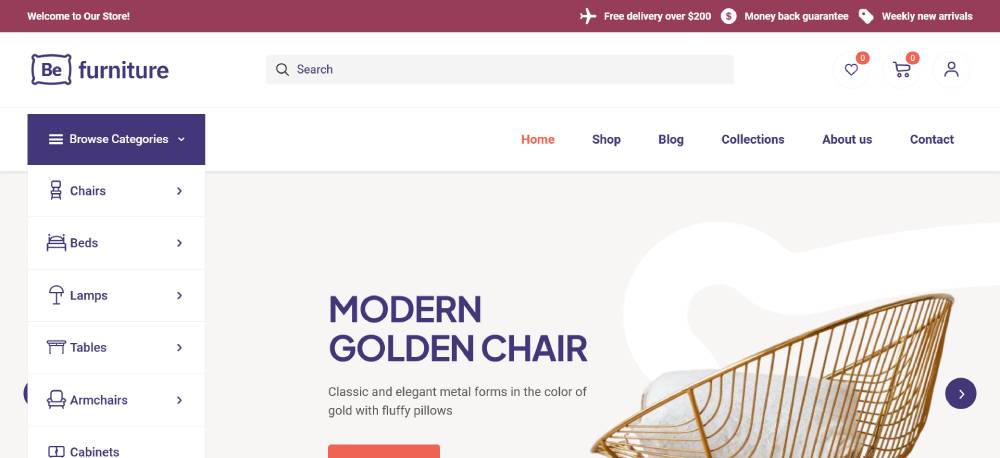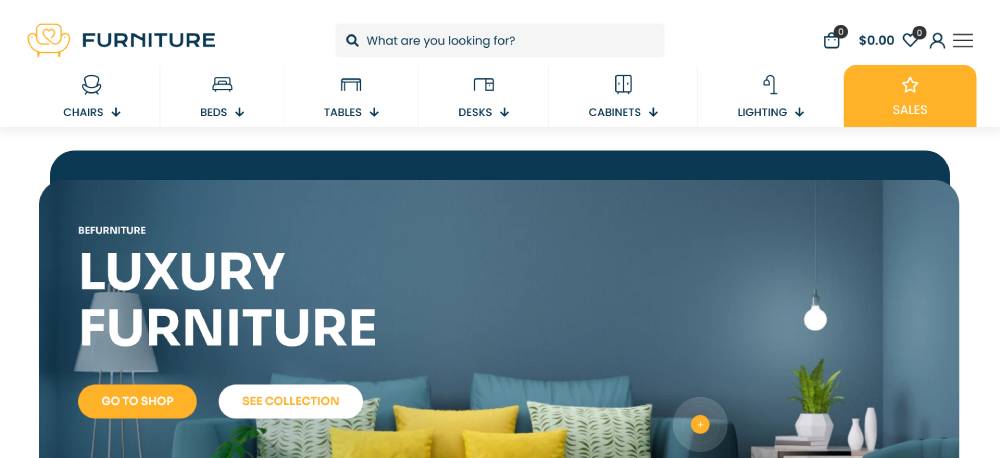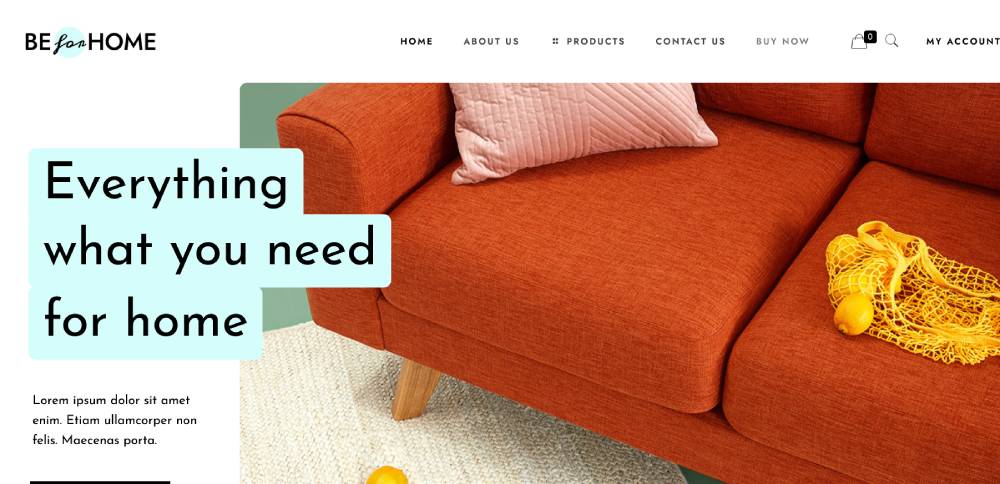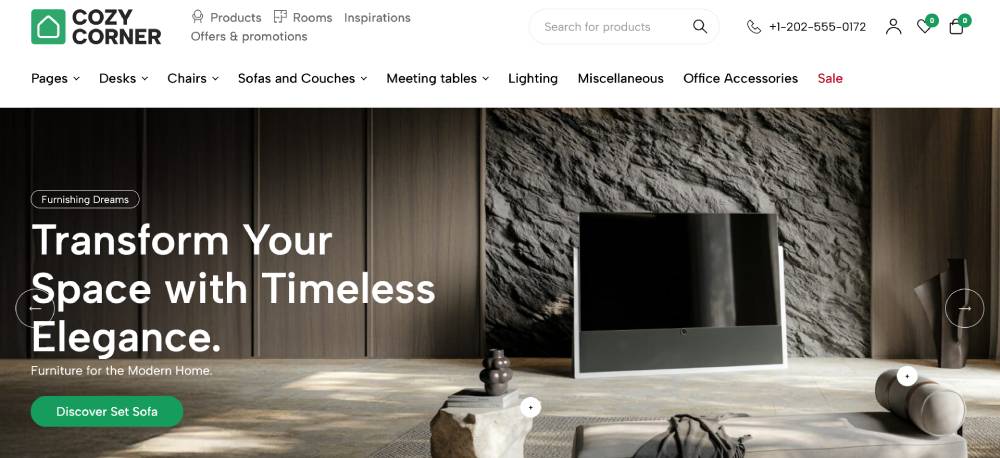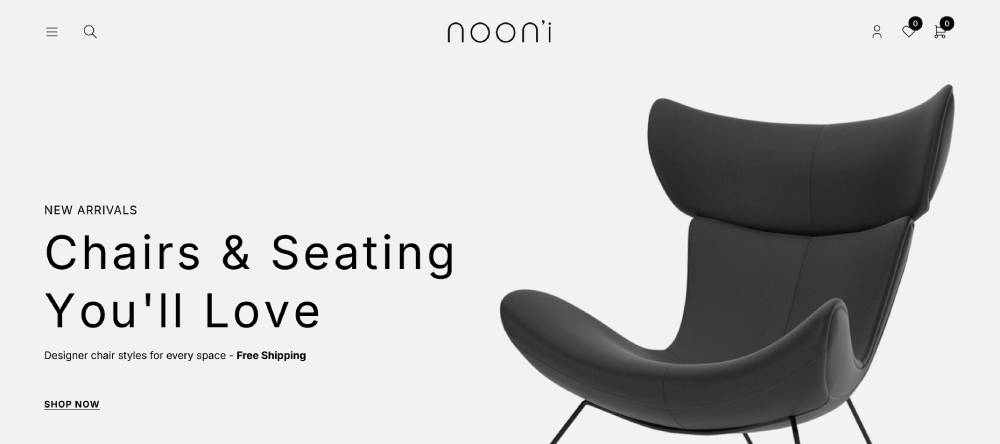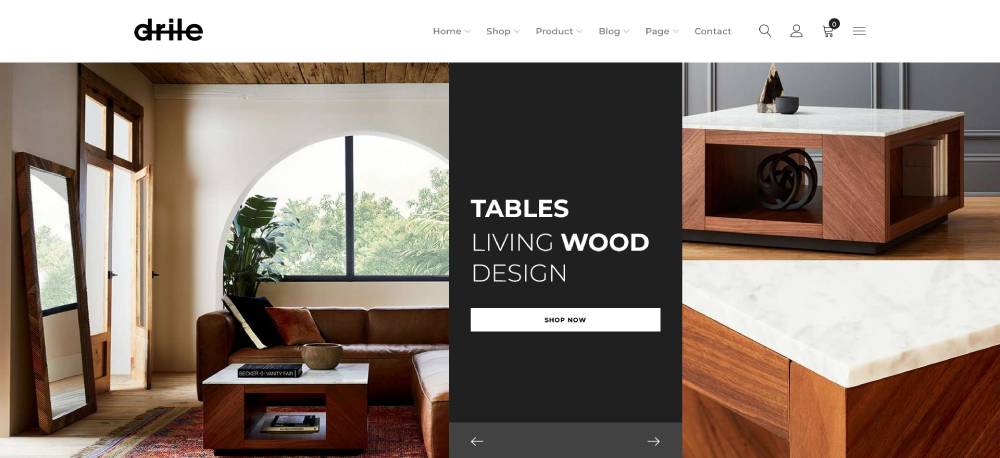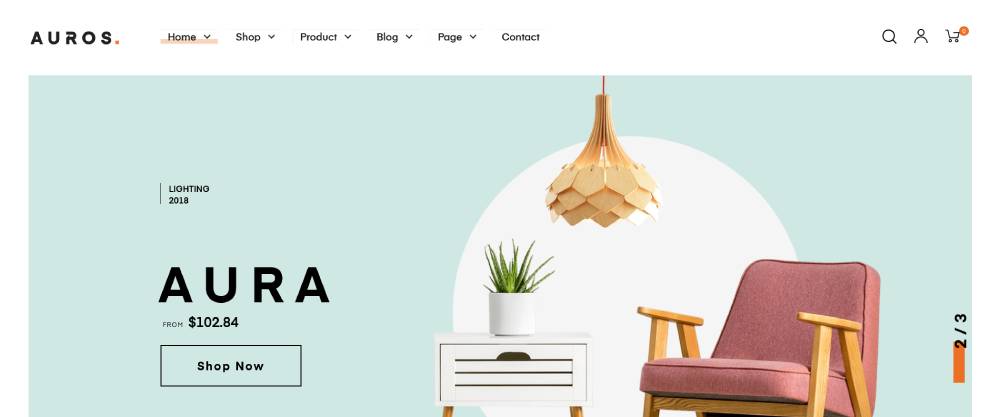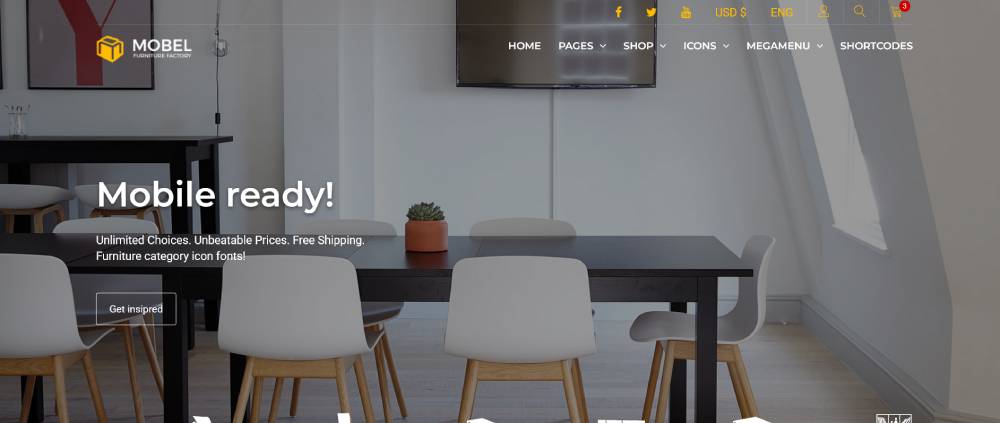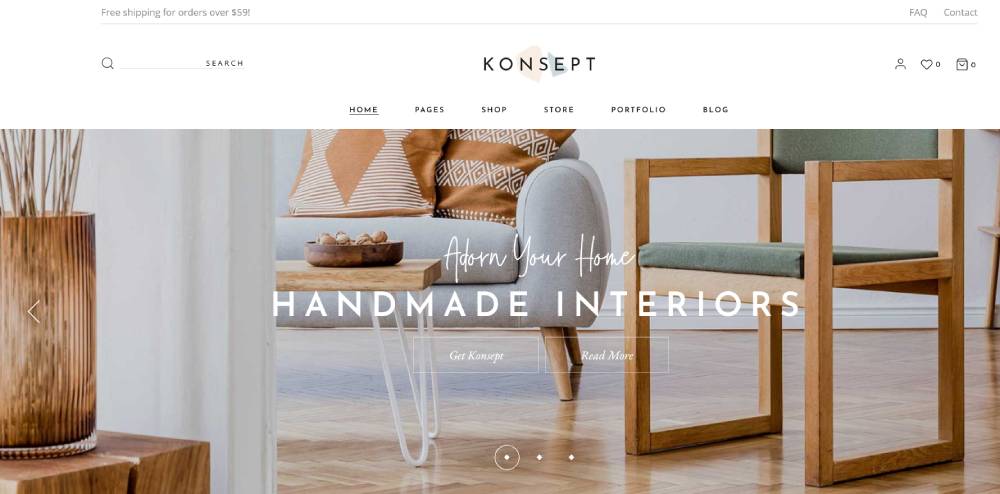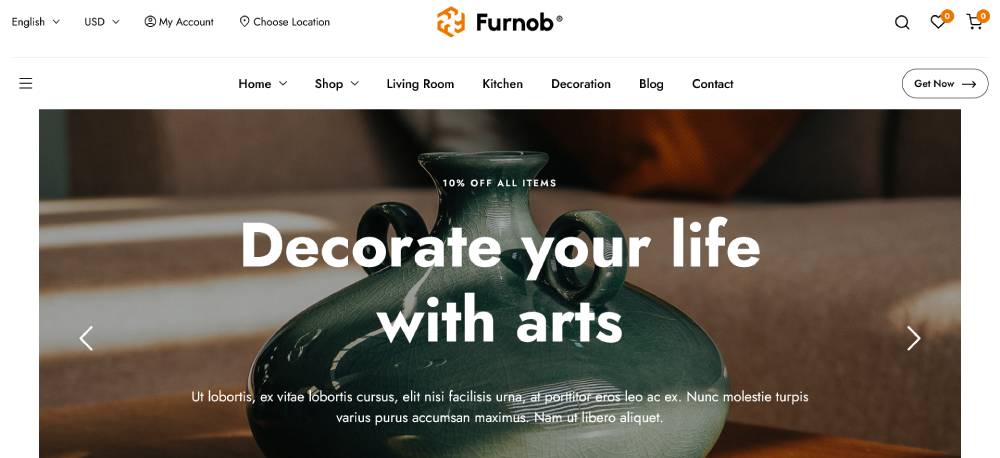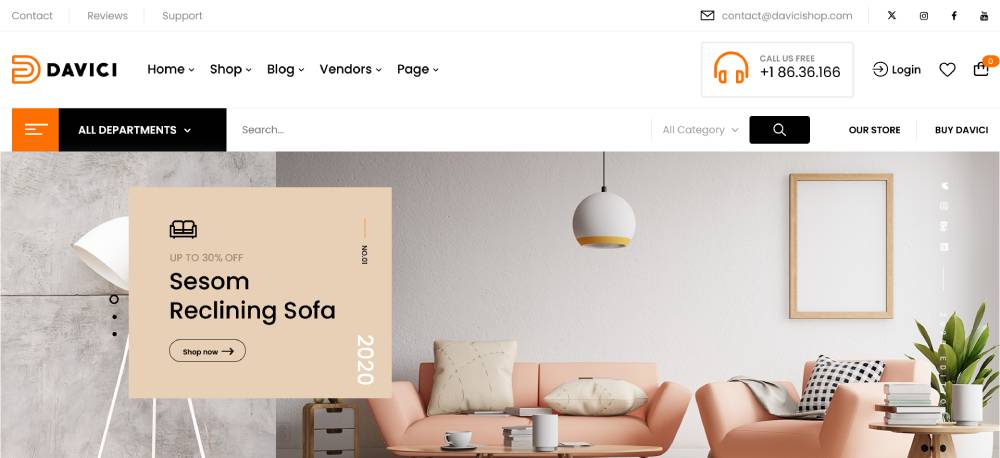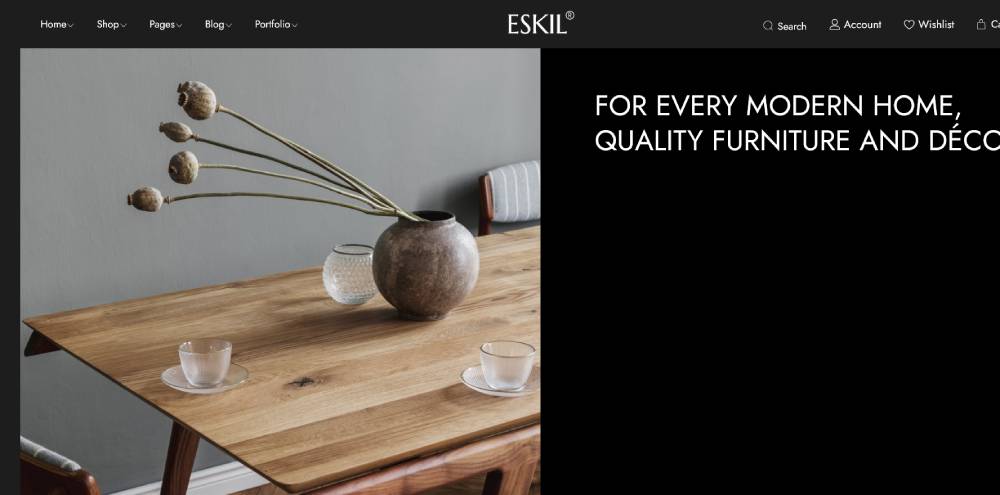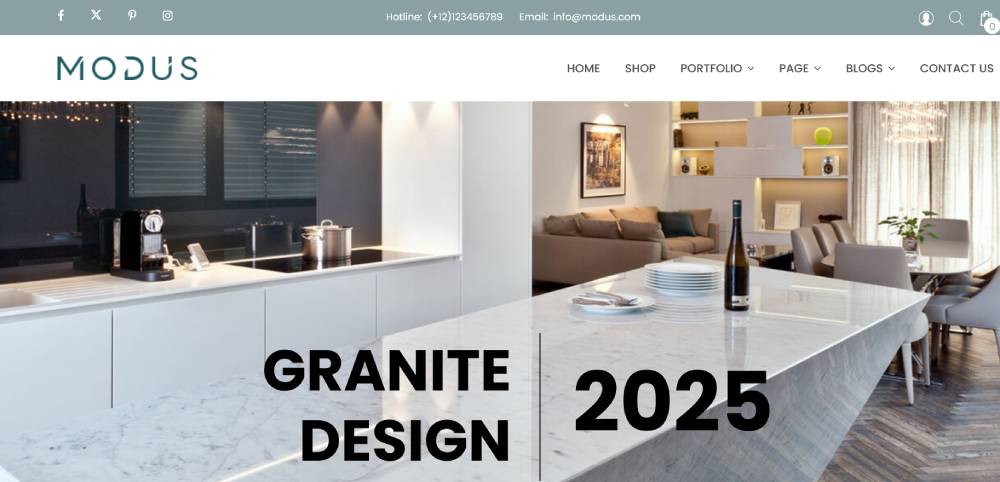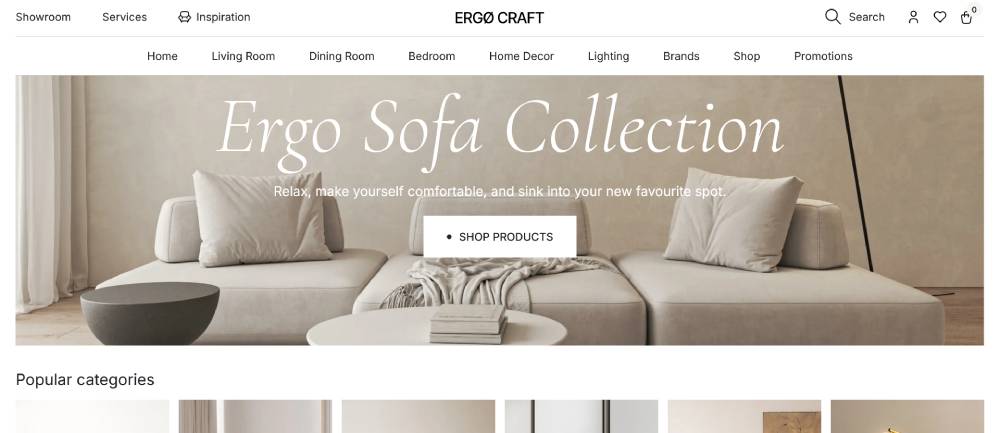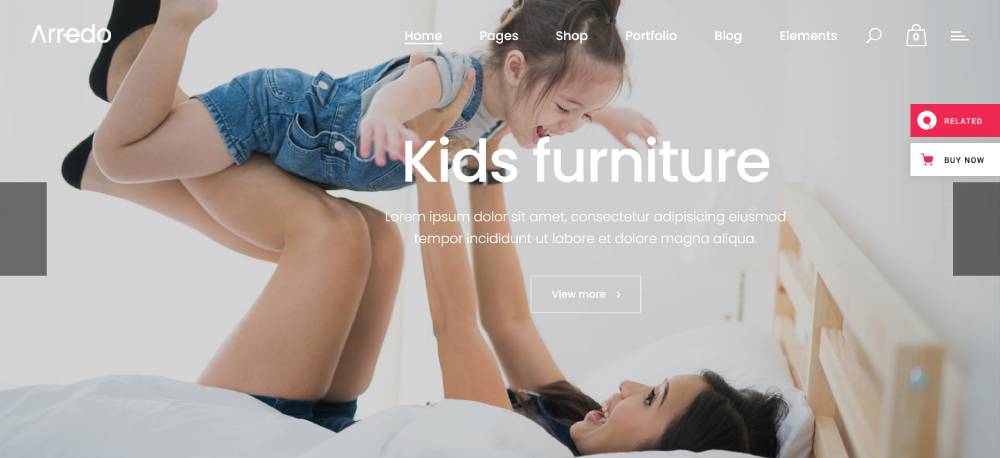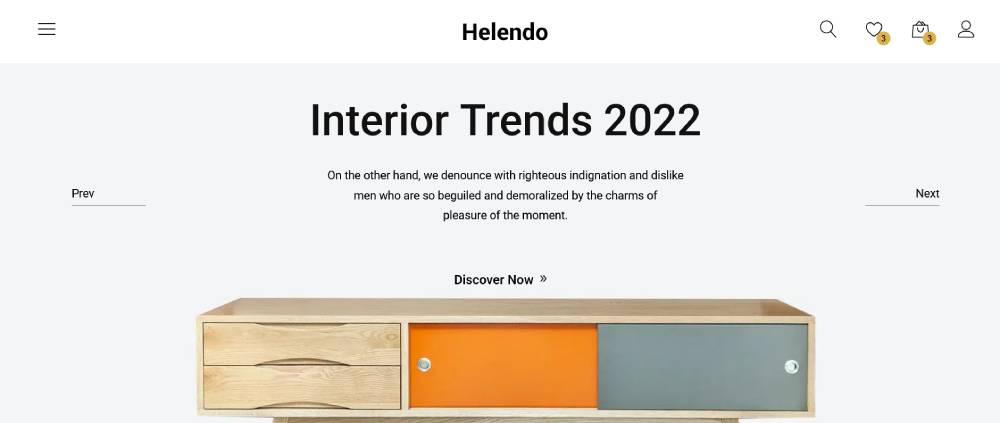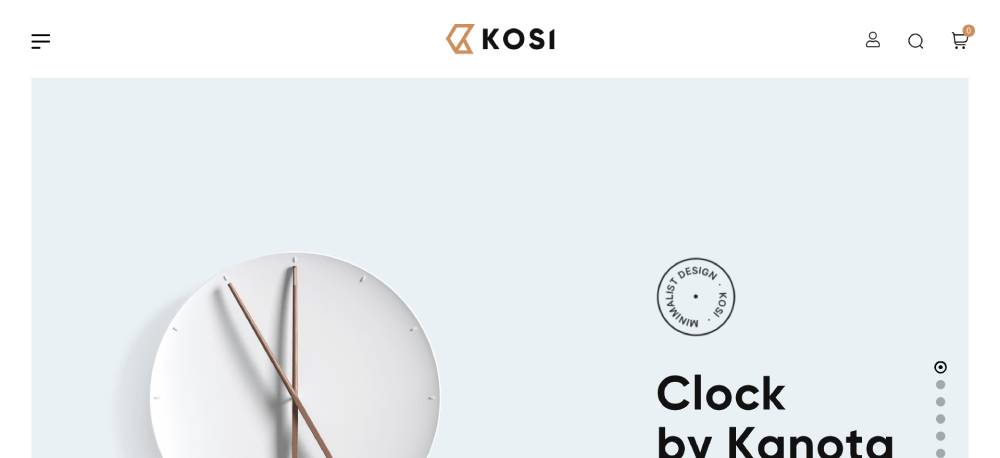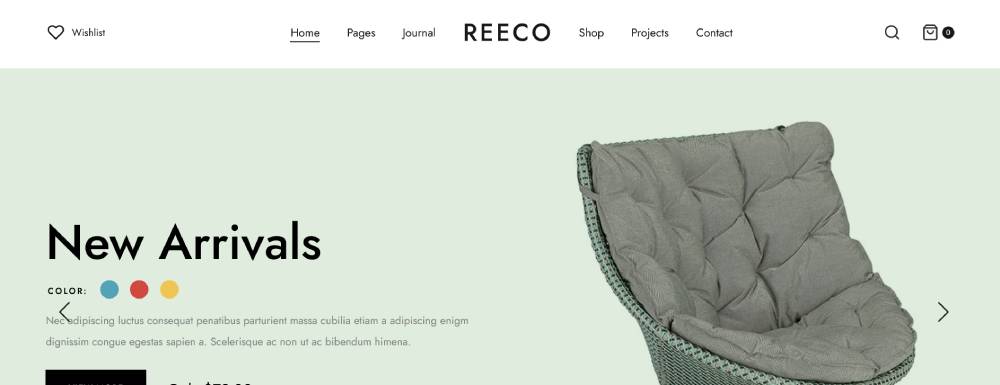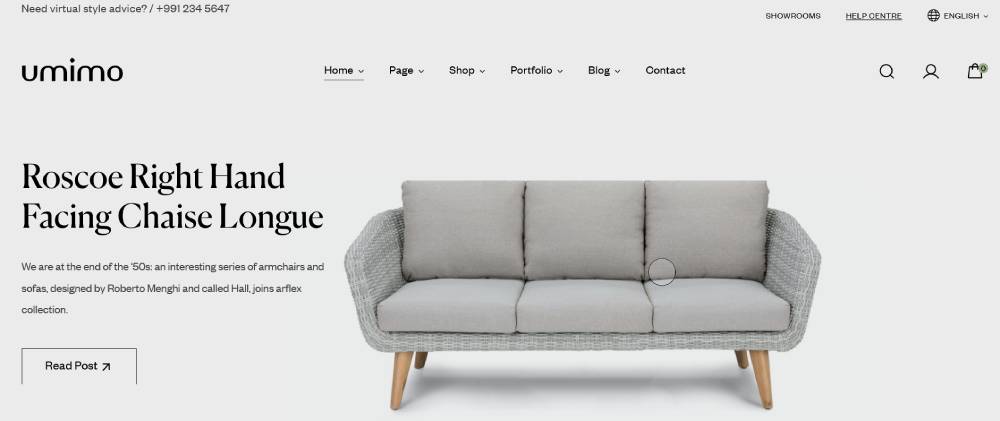
Top Soccer Website Design Examples To Inspire You
October 10, 2025
Elegant Examples of Jewelry Website Templates to Inspire
October 17, 2025Your furniture business deserves a website that converts browsers into buyers. But building one from scratch? That's weeks of work and thousands of dollars you might not have.
Examples of furniture website templates solve this problem instantly. They're pre-built, customizable designs created specifically for furniture stores, interior designers, and home decor retailers.
The right template handles the heavy lifting. Product catalogs, shopping carts, responsive layouts for mobile shoppers, gallery sections for your best pieces. All the technical stuff works out of the box.
This guide walks you through real furniture website templates that actually work. You'll see what makes each one effective, which features matter most, and how to pick the template that fits your specific needs. Whether you're launching a minimalist modern furniture brand or a vintage home decor shop, there's a template here worth your attention.
No fluff. Just templates that help you sell furniture online.
Examples Of Furniture Website Templates
Be Furniturestore 2
Be Furniturestore
Be Home 3
Be Carpenter 4
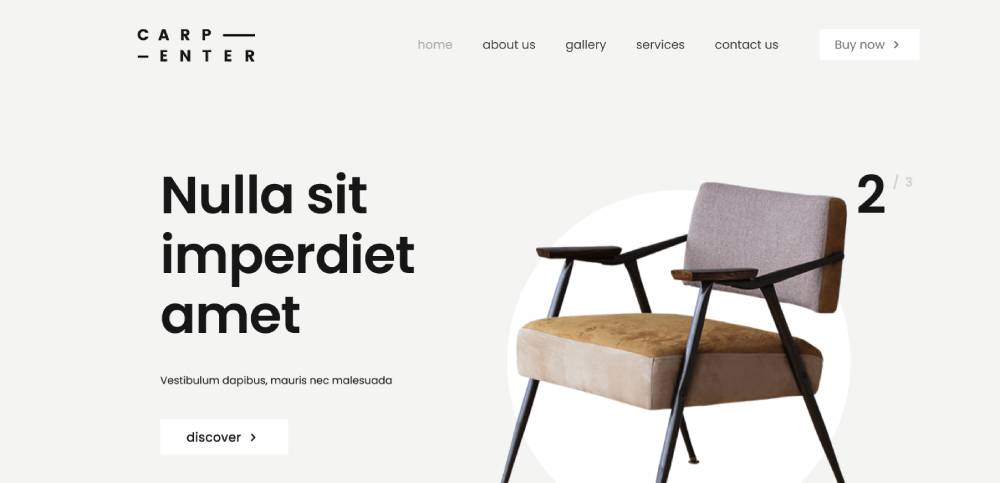
CozyCorner
Moderno
Nooni
Drile
Rey
Auros
Mobel
Konsept
Furnob
Davici
InteriArt
Eskil
Pantry
Modus
ErgoCraft
Arredo
Helendo
Kosi
Reeco
Umimo
FAQ on Furniture Website Templates
What makes a furniture website template different from other ecommerce templates?
Furniture templates include product catalog displays optimized for large items with multiple angles. They feature room visualization tools, dimension specifications, and filtering by style, material, or room type.
Most include gallery layouts that showcase furniture photography properly. The product pages are built to handle custom options like fabric choices, wood finishes, and sizing variations that furniture retailers need.
Are furniture website templates mobile-friendly?
Yes, modern furniture templates use responsive design that adapts to phones and tablets automatically. The layouts adjust product grids, images, and navigation menus based on screen size.
Mobile optimization matters because many shoppers browse furniture on their phones. Templates typically include touch-friendly navigation and compressed images that load fast on cellular connections.
Can I customize colors and fonts in furniture templates?
Most templates offer customization through built-in style editors or CSS files. You can change color schemes, typography, button styles, and layout spacing without coding knowledge.
Premium templates often include multiple pre-designed variations. Some platforms like WordPress or Shopify provide visual customization panels where you adjust design elements with simple controls.
Do furniture templates include shopping cart functionality?
Yes, furniture ecommerce templates come with integrated shopping cart systems. They handle product additions, quantity adjustments, and checkout processes out of the box.
The cart functionality typically includes shipping calculators, tax automation, and payment gateway integration. Some templates support features like saved carts or wishlist options for customers planning larger purchases.
What's the difference between free and premium furniture templates?
Free templates provide basic layouts and limited customization options. Premium templates include advanced features like parallax scrolling, animation effects, multiple homepage variations, and priority support.
Premium options usually offer better code quality, regular updates, and detailed documentation. They're worth considering if you need specific functionality or want a more polished, unique look for your furniture store.
How do I add my furniture products to a template?
Templates connect to content management systems where you upload product information. You'll add photos, descriptions, prices, dimensions, and inventory details through an admin dashboard.
Most platforms use simple forms for product entry. You can usually bulk import products via CSV files if you're migrating from another system or have a large catalog to upload.
Can furniture templates handle custom product options?
Yes, modern templates support product variations like fabric selections, wood types, and size options. Customers can choose preferences before adding items to their cart.
The system tracks inventory for each variation separately. Some templates include visual swatches showing fabric patterns or finish colors, which helps customers visualize their choices before purchasing.
Do I need coding skills to use furniture website templates?
No, most furniture templates work with drag-and-drop website builders or user-friendly platforms. You can manage content, update products, and adjust layouts through visual interfaces.
Basic customization happens without code. However, knowing HTML and CSS helps if you want deeper modifications beyond what the template's built-in options provide.
Which platforms offer the best furniture templates?
WordPress with WooCommerce, Shopify, and Wix dominate furniture template options. Each platform provides template marketplaces with designs specifically for furniture retailers and interior design businesses.
Shopify excels for pure ecommerce. WordPress offers more flexibility and customization. Wix works well for smaller stores wanting simple setup without technical complexity.
How long does it take to set up a furniture website using a template?
Basic setup takes 1-3 days for someone familiar with the platform. This includes installing the template, adding your branding, and uploading initial products.
A fully populated store with complete inventory, optimized images, and refined design details typically requires 1-2 weeks. The timeline depends on your catalog size and how much customization you want beyond the template's default appearance.
Conclusion
The examples of furniture website templates in this guide give you a starting point for building your online store. Each template handles the technical requirements while letting you focus on what matters: showcasing your furniture and converting visitors into customers.
Pick a template based on your actual needs, not just aesthetics. Consider your catalog size, whether you need custom product options, and how much visual storytelling your furniture requires.
Most platforms offer demo previews where you can test navigation, check mobile responsiveness, and evaluate the shopping experience. Take advantage of these before committing.
Your template choice affects everything from user experience to conversion rates. A well-designed ecommerce platform with proper product display layouts makes shopping intuitive and builds trust with potential buyers.
Start with a template that covers your baseline requirements. You can always customize typography and adjust design elements as your business grows.
The best furniture website template is the one you'll actually launch. Stop researching and start building.

